You need to open this page, because you have the Lick Ransomware on your computer. This malicious infection enters worldwide in PCs and encrypted just like user files. This program was created to steal your money, making you think, that you would pay for a decryption key. In fact, there’s probably any no decryption key and your files remain encrypted, even after you have paid the ransom. Therefore, you should never do what told this infection. Depending on the Lick Ransomware to remove faster you from your computer, the better, and for this we have prepared the following instructions for manual removal.
As indicated from our research archives, the Lick Ransomware belongs to a group of similar programs, i.e. it is no unique infection. According to our security experts if this program to another version of the Kirk Ransomware, which was right after the release of Kirk Ransomware infection in circulation. Both programs are built along the same lines, but the difference is that the Lick Ransomware is a decryption tool. This can lead unsuspecting users behind the light, so that they believe they would start just a decryption software, while they perform another encrypting Ransomware application in reality.
The reason from the lure users to download this infection, is that the installation file for the Lick Ransomware is usually called FileDecrypter.exe. In your Inbox, you could encounter this file (especially when it comes to spam E mail messages), but there is also the possibility that the Ransomware freeware bundle with other software distribution is spread. For example, the Kirk Ransomware previously in circulation could be disseminated through an open-source application for stress tests. It is very well possible that user with the Lick Ransomware will be infected if they download a seemingly harmless program from a third-party site. You should download no unknown applications, especially, if they do not come from legitimate sources.
When you start this infection, it might have seem first that you have opened a program in any case, that will help you to decode locked files. First, the Lick Ransomware leads a program called FileDecrypter. v1. 0.1.0 from. But while you think that this program will restore some of your encrypted files, the Ransomware performs its own encryption, which prevent them from you to access even more out of your data. On the other hand, this is good in this program that it is running from the drive where it starts and does not unload more files on your system.
Once the file encryption is complete, the program opens a ransom demand from the file RANSOM_NOTE.txt. The ransom file will tell you what you should do to restore your files; but of course, you should know that it is not a good idea to trust this infection. Just because there is that all your files are restored, as soon as you pay the ransom, this does not mean that the program actually intended this. Here you can see what says the program in the ransom Note:
Below the communication lists a list of file extensions that can encrypt the program, and explains that you have 48 hours to pay the ransom, and if you don’t, the ransom would double. You should make it as regards payment, according to program “locally”, that you can “Same places like other Kryptowährungen buy” (“the same places you can any other crypto-currency”). You are also prompted to “bitcoin exchange” on Google.
As mentioned above, you should never do what told this malware. You can remove the Lick Ransomware by following the manual removal instructions directly below this description, but we regret to inform that there is currently no official decryption tool. It is therefore not possible to decrypt the files that are affected by this program. Instead, you should look for a system backup or a place where you could have saved copies of your files. Then, you can delete the encrypted files and transfer the data from your backup to your main hard drive.
How to remove the Lick Ransomware
* Please note that the file name in the directory could be random.
Warning, multiple anti-virus scanners have detected possible malware in Lick Ransomware.
| Anti-Virus Software | Version | Detection |
|---|---|---|
| Dr.Web | Adware.Searcher.2467 | |
| McAfee | 5.600.0.1067 | Win32.Application.OptimizerPro.E |
| Malwarebytes | v2013.10.29.10 | PUP.Optional.MalSign.Generic |
| K7 AntiVirus | 9.179.12403 | Unwanted-Program ( 00454f261 ) |
| McAfee-GW-Edition | 2013 | Win32.Application.OptimizerPro.E |
| VIPRE Antivirus | 22224 | MalSign.Generic |
| ESET-NOD32 | 8894 | Win32/Wajam.A |
| VIPRE Antivirus | 22702 | Wajam (fs) |
| Malwarebytes | 1.75.0.1 | PUP.Optional.Wajam.A |
| Baidu-International | 3.5.1.41473 | Trojan.Win32.Agent.peo |
Lick Ransomware Behavior
- Distributes itself through pay-per-install or is bundled with third-party software.
- Steals or uses your Confidential Data
- Modifies Desktop and Browser Settings.
- Common Lick Ransomware behavior and some other text emplaining som info related to behavior
- Changes user's homepage
- Shows Fake Security Alerts, Pop-ups and Ads.
- Slows internet connection
- Redirect your browser to infected pages.
- Integrates into the web browser via the Lick Ransomware browser extension
- Lick Ransomware Connects to the internet without your permission
Lick Ransomware effected Windows OS versions
- Windows 10
- Windows 8
- Windows 7
- Windows Vista
- Windows XP
Lick Ransomware Geography
Eliminate Lick Ransomware from Windows
Delete Lick Ransomware from Windows XP:
- Click on Start to open the menu.
- Select Control Panel and go to Add or Remove Programs.
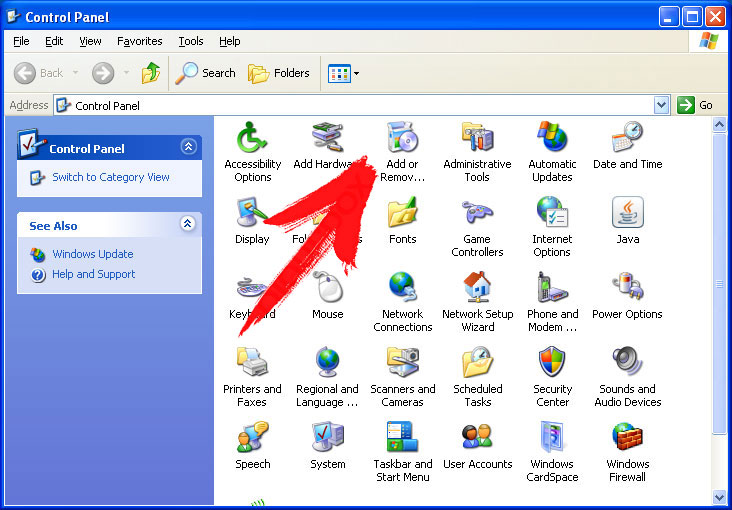
- Choose and remove the unwanted program.
Remove Lick Ransomware from your Windows 7 and Vista:
- Open Start menu and select Control Panel.

- Move to Uninstall a program
- Right-click on the unwanted app and pick Uninstall.
Erase Lick Ransomware from Windows 8 and 8.1:
- Right-click on the lower-left corner and select Control Panel.
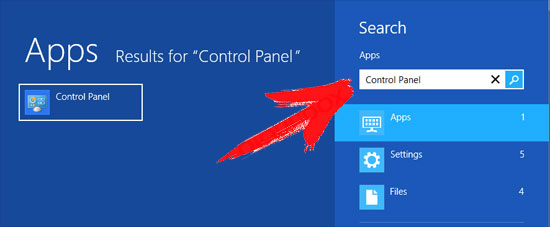
- Choose Uninstall a program and right-click on the unwanted app.
- Click Uninstall .
Delete Lick Ransomware from Your Browsers
Lick Ransomware Removal from Internet Explorer
- Click on the Gear icon and select Internet Options.
- Go to Advanced tab and click Reset.

- Check Delete personal settings and click Reset again.
- Click Close and select OK.
- Go back to the Gear icon, pick Manage add-ons → Toolbars and Extensions, and delete unwanted extensions.
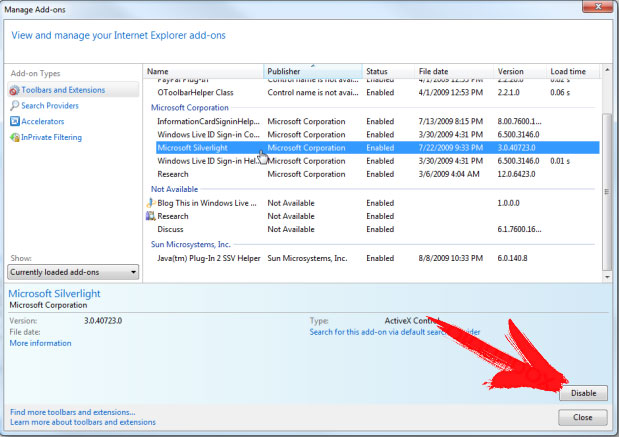
- Go to Search Providers and choose a new default search engine
Erase Lick Ransomware from Mozilla Firefox
- Enter „about:addons“ into the URL field.
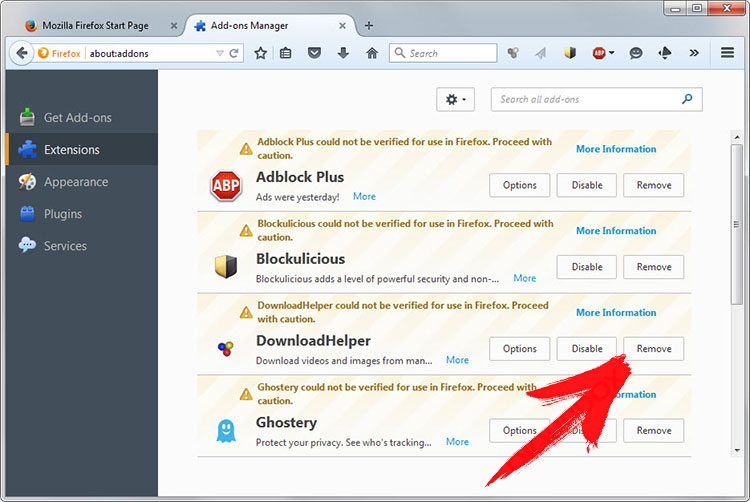
- Go to Extensions and delete suspicious browser extensions
- Click on the menu, click the question mark and open Firefox Help. Click on the Refresh Firefox button and select Refresh Firefox to confirm.
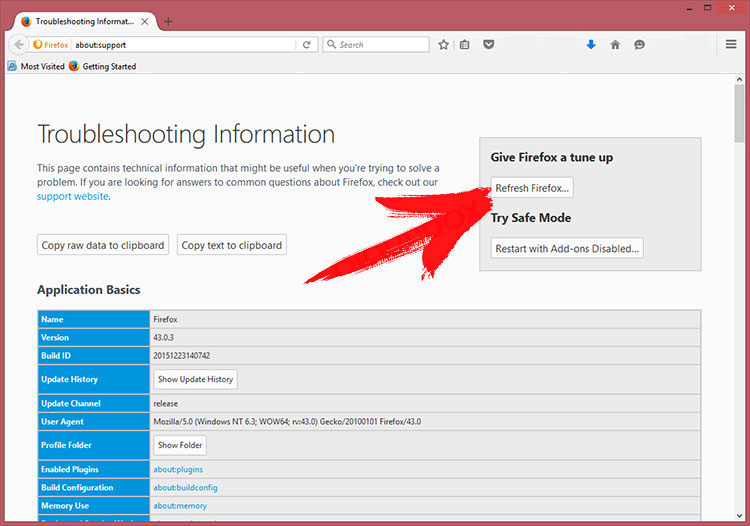
Terminate Lick Ransomware from Chrome
- Type in „chrome://extensions“ into the URL field and tap Enter.
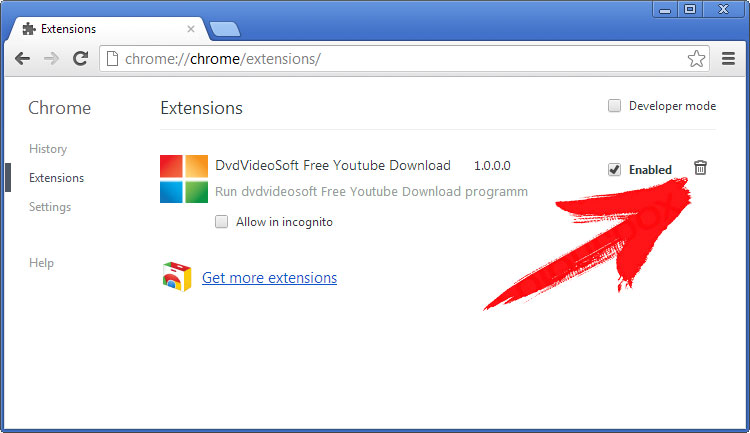
- Terminate unreliable browser extensions
- Restart Google Chrome.
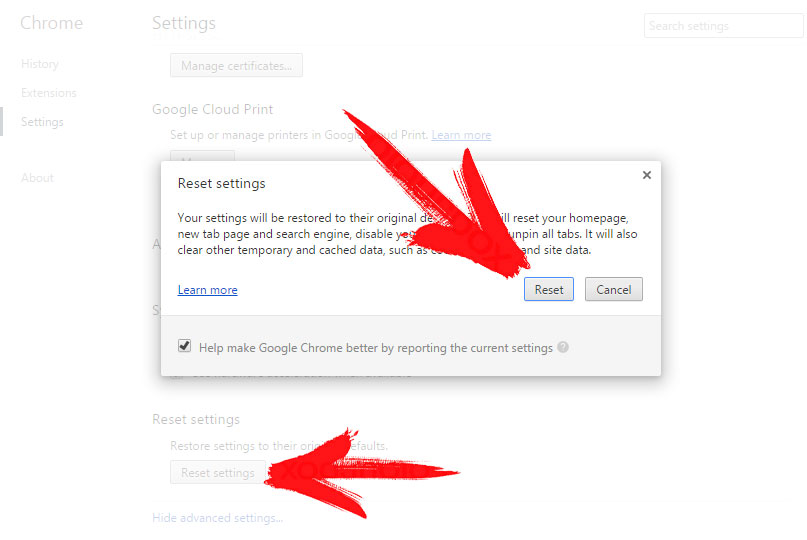
- Open Chrome menu, click Settings → Show advanced settings, select Reset browser settings, and click Reset (optional).